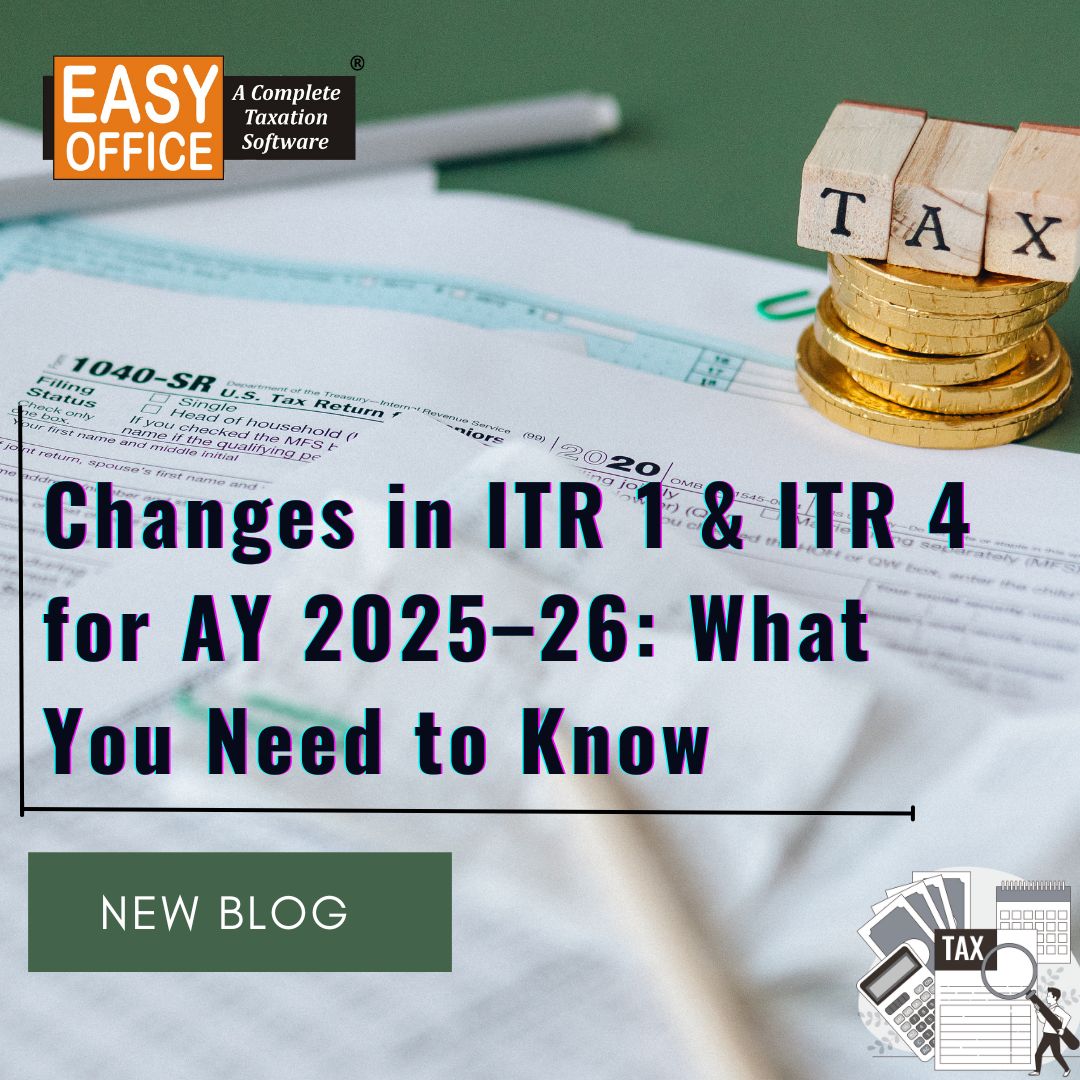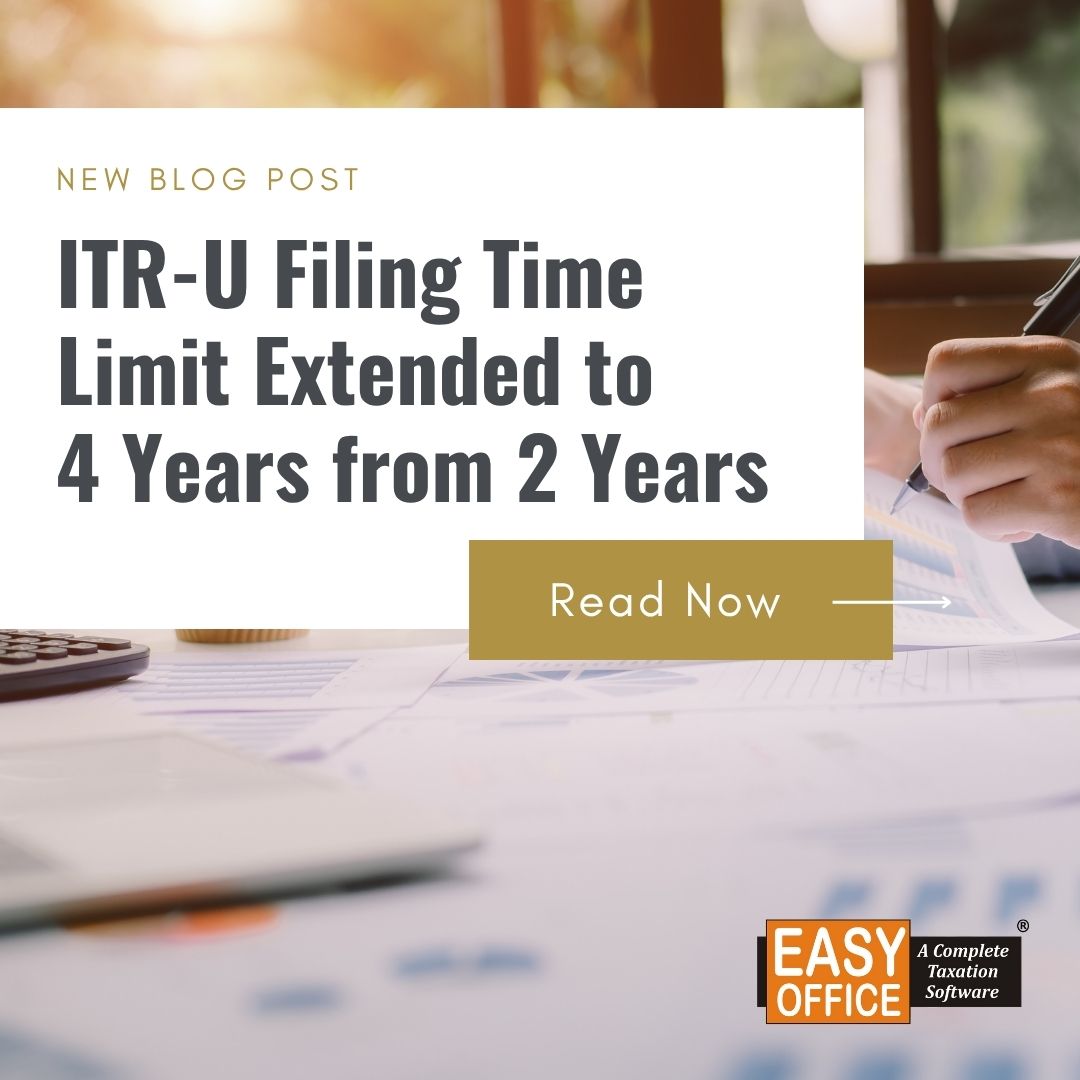How to Save More on Taxes: Common Deductions and Exemptions Explained

Tax planning is an essential part of personal finance, guiding individuals in the effective management of their earnings following the tax laws of their countries. With the introduction of the new tax regime in India, taxpayers are now gifted with the option of choosing between the old regime with deductions and exemptions and the new regime with lower tax rates but without deductions.
The preference for a tax-saving strategy hinges on an individual's financial aspirations, income structure, and eligible deductions in that particular year.
Let's explore some of the most relevant strategies for tax saving under both regimes.
Understanding the Old and New Tax Regimes
In the old tax regime, taxpayers were entitled to a whole range of deductions and exemptions, such as HRA, LTA, and Section 80C benefits. This regime is better suited for those who actively invest in tax-saving instruments and have higher deductions.
The new tax regime was introduced in Budget 2020, with low tax rates and eliminated exemptions and deductions. This regime suits the individual who prefer a simple tax structure with no tax-saving investment nuances.
In Budget 2023, the new tax regime was made the default tax regime starting from April 1, 2023 (FY 2023-24, AY 2024-25). However, it is not mandatory—taxpayers can still opt for the old tax regime if they prefer.
Tax Saving Strategies Under the Old Regime
1. Maximize 80C Deductions: Invest in EPF, PPF, NSC, ELSS, and life insurance to claim a deduction of up to ₹ 1.5 lakh.
2. Health Insurance is covered under Section 80D: Deductions for health insurance premium payments of ₹ 25,000 for self and family, and ₹50,000 for senior citizen parents.
3. Home Loan Benefits: Claim deductions on interest and principal repayment under Sections 24(b) and 80EEA of the Act.
4. HRA & LTA Exemptions: Employees receiving HRA and LTA can claim deductions based on rent payments and travel expenses.
5. NPS Contributions: Claim an additional deduction of ₹50,000 under Section 80CCD(1B) apart from 80C.
6. Education Loan Benefits: Interest paid on education loans qualifies for deduction under Section 80E.
7. Donations & Charity: Contributions to eligible charities under Section 80G offer tax deductions.
8. Standard Deduction: A flat ₹50,000 deduction is available for salaried individuals and pension holders.
Tax Saving Strategies Under the New Regime
1. Leverage Lower Tax Rates: With newly revised tax slabs and increased standard deductions (Rs. 75000), individuals having very few tax deductions can benefit from tax savings directly from under the new regime.
2. Employer Contributions to Retirement Funds: Employers' contributions to NPS qualify for a tax deduction of up to 14% of salary for central government employees and 10% for other employees under Section 80CCD(2) (Budget 2024 increased this limit to 14% for all employees, starting from FY 2024-25.) Additionally, employer contributions to EPF and superannuation funds remain tax-exempt, subject to a combined annual limit of ₹7.5 lakh.
3. Home Loan Interest on Let-Out Property: Home loan interest deduction under Section 24(b) is not available for self-occupied properties. In contrast, for let-out properties, interest on a home loan can still be claimed as a deduction so that a property investor can avail of such tax relief.
4. Tax-Free Investments: Though direct deductions are less, investments via tax-free government bonds and tax-free schemes, for example, Agniveer Corpus Fund (under Section 80CCH), thereby providing exempt returns, would reduce tax liability.
5. Family Pension & Voluntary Retirement Benefits: The family pension deduction has jumped to a maximum ₹ 25,000 (in Budget 2024) under Section 57(iia), while voluntary retirement benefits up to ₹ 5 lakh are tax-exempt under Section 10(10C).
6. Optimizing Salary Structure: Certain allowances remain exempt, such as transport and conveyance for physically challenged employees, and leave encashment exemption has increased to ₹ 25 lakh, further easing the tax burden on your retirement.
Which Tax Regime Should You Choose?
✅ The Old Regime will apply if you stand high deductions (above ₹2.5 lakh) through Chapter VIA Deductions (such as 80C, 80D...), HRA, and other exemptions.
✅ Go for the New Regime if tax deductions are minimal and the comfort of lesser tax rates with easy computation is preferred.
Strategies to Maximize Deductions and Exemptions
Here are some practical things you can do to maximize savings:
a) Maximize Retirement Contributions
Make the highest contribution allowable to your retirement accounts to lessen your taxable income.
b) Keep Accurate Records
Sustain detailed records of all deductible expenses, exemptions, and credits. Use taxation software or consult with a tax professional to ensure you are claiming everything you are entitled to.
c) Review for Changes in Tax Law
Changes in tax laws occur too often. Understand your part regarding new deductions, credits, or amendments to comply and save the most.
d) Seek Professional Guidance
While this guide provides a solid foundation, tax situations can vary widely. Consult a tax professional or use income tax filing software that ensures personalized advice tailored to your circumstances, helping you navigate complex tax laws and optimize your savings.
e) File ITR on Time & Choose the Right Tax Regime
Evaluate whether the old or new tax regime offers better savings based on your income and Deductions and File ITR before the due date to avoid penalties and ensure smooth tax savings.
Final Thoughts
The way to choose between old and new tax regimes lies in individual financial planning. The old regime still stands helpful for one implementing tax-saving instruments. In contrast, for individuals with fewer investments and deductions, the new regime stands for lower tax liability but in a far more convenient way.
Before concluding, get online taxation software or connect with an executive from our website to explain everything about Easy Office Software. Let us guide you from a basic introduction to tax return filing on the best tax-efficient option per your income profile.












